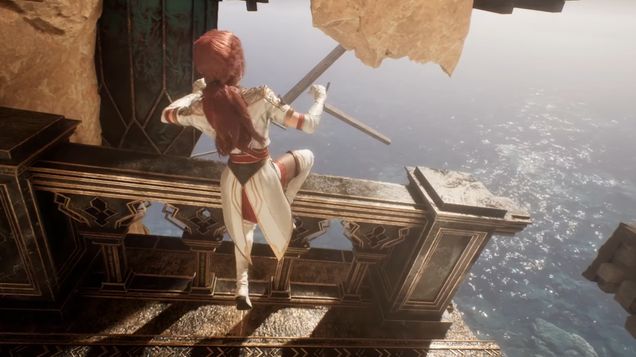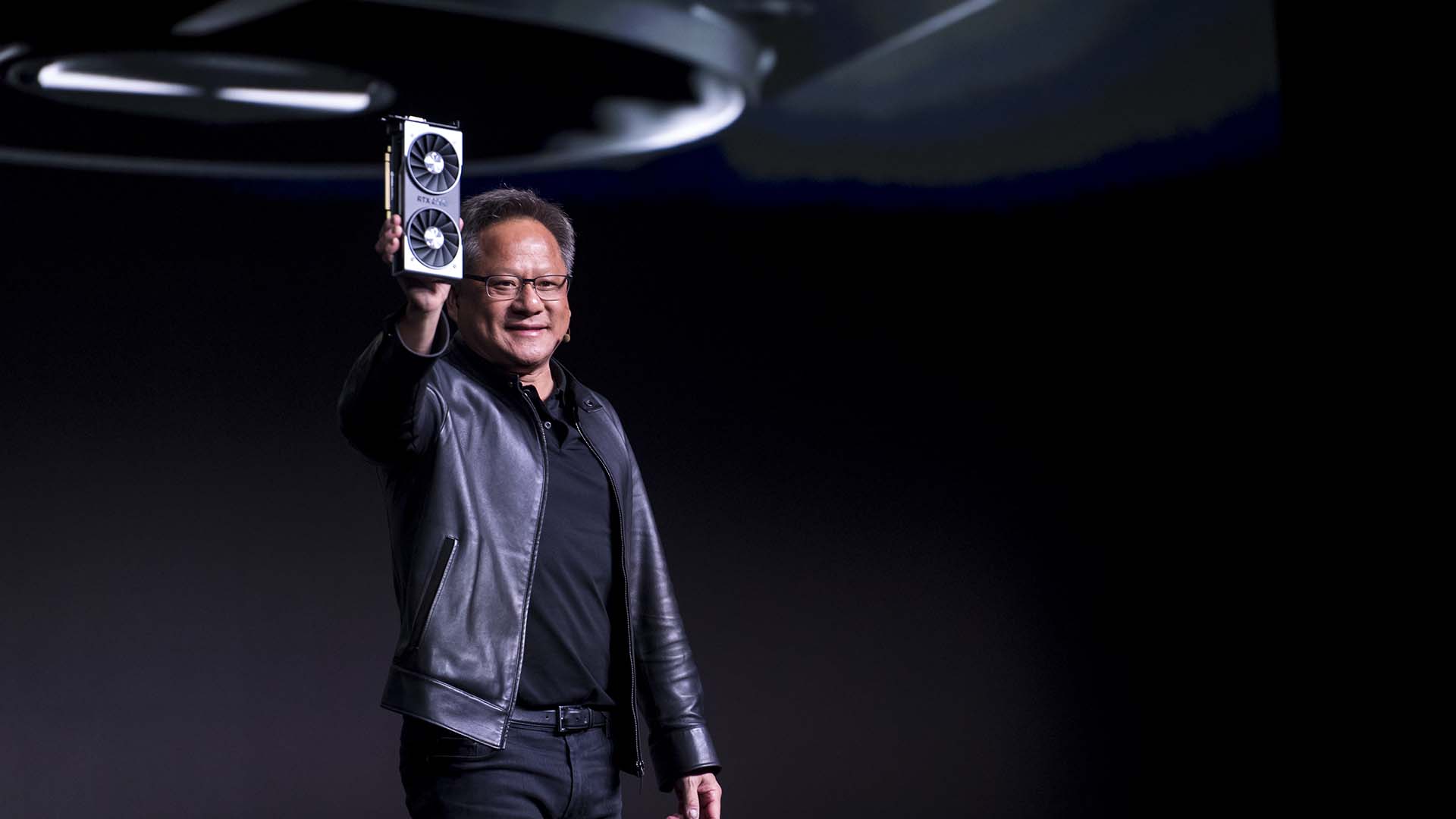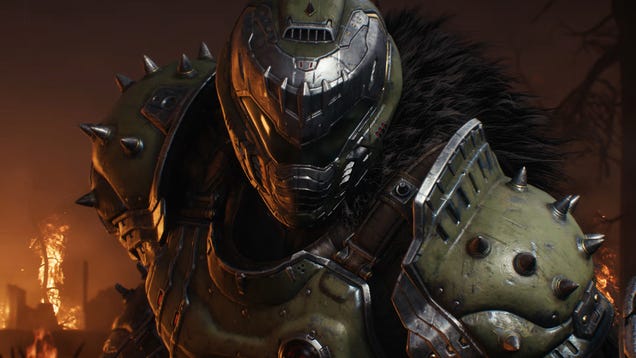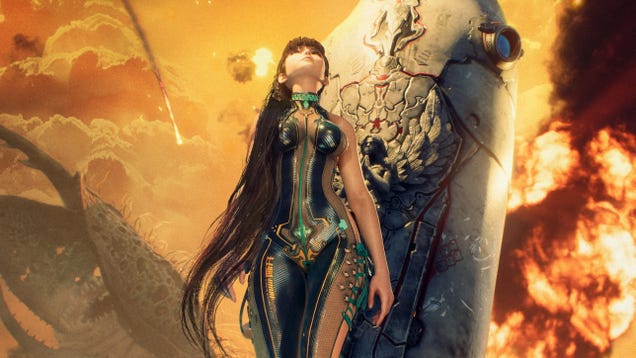
Duster Season 1 Review

Duster premieres on Max Thursday, May 15, with new episodes streaming every Thursday through July 3.
It took more than 20 years, but we’re finally getting another TV show that capitalizes on the dirtbag charm Josh Holloway brought to Lost. It makes sense that it would come from one of that paradigm-shifting drama’s co-creators, JJ Abrams, who along with Walking Dead veteran LaToya Morgan brings us Duster, the story of a charismatic mob driver teaming up with an FBI rookie to take down a powerful crime boss in 1970s Arizona. Duster isn’t Holloway’s show alone – it begins from the perspective of Nina Hayes (Rachel Hilson) as she chases an extremely personal case within an agency and a world that are particularly hostile to a young, Black, woman agent (in ways that grow less on-the-nose over the course of the season). But along with the hazy, sun-kissed “it’s the ’70s” glow of the visual palette and the episodes’ self-contained storylines, Holloway is a major contributing factor to the more inviting elements of Duster. His drawling way of speaking as wheelman Jim Ellis, as well as his smooth-talking and womanizing, are all pleasing reminders of why Holloway’s roguish castaway Jim “Sawyer” Ford was such a fan favorite.
The familiar twinkle in his eye papers over Duster’s shortcomings: the tepid colors of its cinematography, the too-modern cadence of the dialogue (most notably between Nina’s colleagues). Like the gigantic collars Jim wears, the performance feels comfortable and natural for Holloway. Just don’t go looking for actual traces of his Lost character behind the wheel of Duster’s namesake Plymouth. While Jim associates with and gets into scrapes with various heels and scoundrels, he’s actually much softer even than Lost’s sleazy con man with a heart of gold. Jim is a perfectly nice and respectful dude who happens to be driving for an awful man: The target of Nina’s investigation, Saxton Higgs (Keith David). Jim is still fun to watch though, as the show builds a rich tapestry of relationships that play off of Holloway’s many dimensions. The adversarial ones are the most fun, especially when they force him to scramble for a solution to whatever dilemma of the week may be.
Much of the appeal of Duster is seeing Holloway working within this period setting, bouncing off of historical figures as well as the struggles of the decade: a corrupt union boss is as much a key figure in season 1 as President Richard Nixon. (Be on the lookout for more off-the-wall real-life supporting characters like Elvis Presley’s infamous manager Colonel Tom Parker and eccentric billionaire Howard Hughes.) This backdrop is built from some winsome production design, full of beautiful and loud costumes – Nina’s in particular. This extends to the soundtrack, too, full of recognizable songs by Otis Redding, Jimi Hendrix, James Brown, The Hollies, and the aforementioned King of Rock ’n’ Roll. There’s a playfulness to Duster, starting with its delightful opening credits, a high-octane Hot Wheels fantasia whose funky theme was composed by Abrams himself.
David’s performance as Saxton adds to this feeling. For all the talk about Saxton being a volatile, cold-blooded maniac, David plays him with a joviality and paternal warmth that makes Jim’s faith in him (and his misgivings about betraying him) easy to understand, even as there’s enough room left for doubt. And that’s without mentioning that David is often hilarious in the role. There are shades of his Community character in some of Saxton’s frustrated gesticulations, and in the incredulous delivery of lines like “What the f**k was that? Some kind of flower-power prayer s**t?”)
Duster could quite comfortably just alternate between this and Holloway strutting around to the super sounds of the ’70s while he flirts with every woman he meets. But there’s a bit more going on, tying together one-off misadventures with an ongoing crime story built on potent family drama and a wild conspiracy plot which, of course, goes “all the way to the top.” The only loose thread, unfortunately, is the other main one: Nina’s FBI storyline feels less engaging than the exploits of an in-over-his-head wheelman. It drags its feet by comparison, focusing on a slow-burn mystery that doesn’t hold up against seeing Jim wriggle his way out of a cascading series of problems. Things wrap up in satisfying before the credits roll, but the consequences of each episode spill over into the next, pulling us along with them. There are no fully clean getaways in Duster, whether it’s because Jim has to make creative use of the fireworks that he promised he’d give to his daughter, or because some dissatisfied, coked-up heavies unhappy with a deal have him in their sights.
Season 1 is often willing to get a bit silly: One cold open recreates the famous freeze-frame ending of Butch Cassidy and the Sundance Kid, while another turns into a Looney Tunes homage. This heightened tone is Duster at its most fun, but it can sometimes oversteer, too. The final couple of episodes triple down on the surprisingly far-reaching conspiracy plot in ways that will test even the steeliest suspension of disbelief. Abrams and Morgan get away with a lot, however, thanks to the utterly nuclear charisma generators of David and Holloway. When the balance is right, and one of these two (or both) are onscreen, Duster is rather hard to resist.
Which is not to say that Hilson is less of a draw than her co-stars. She’s not a bad actress by any stretch of the imagination, but she is stuck in the part of Duster with the worst dialogue. These scenes often bend over backward to acknowledge that the ’70s wasn’t all wah-wah guitars and muscle cars – that the bias and bigotry that’s holding Nina back is prevalent and often encouraged (and hey, maybe that hasn’t gone away in 2025), and that the show wants desperately for us to see that it knows this is a bad thing. Eventually it does find settings where it can show these power dynamics at play without having characters breaking it down technically, and it’s better for it. When Nina talks to Saxton’s daughter, Genesis (Sydney Elisabeth), she can’t speak plainly about being a Fed, and so the conversation doesn’t feel like the point of the scene being read aloud. It’s far better for a show such as this, when real feelings conflict with the need for a hidden agenda.
This also means that, in the first half of the season, Hilson isn’t afforded much opportunity to show off her acting chops non-verbally. Unlike scenes where we get to see Holloway react to something – like looking utterly heartbroken at being shut out of his daughter’s life – Nina’s feelings aren’t reflected on her face that often. She’s given a recurring way of showing that she’s stressed – doing some push-ups – but not much interiority. Duster is better once Nina is organically incorporated into scenes with both Saxton and Jim, rather than being siloed off in an investigation plot that feels like it’s entirely without subtext.
As well as generally feeling like a welcome throwback to salt-of-the-earth primetime problem solvers like Jim Rockford, Duster feels like a peek into a different timeline where leading roles for Holloway were a dime a dozen – an overdue chance to see him carry a series on the power of a one-liner and a smile. Whether it actually does anything truly challenging throughout this first season is here and there; it’s just great to see the man who was Sawyer balance the rugged exterior and soft interior of an ultimately vulnerable character who makes a living off of tough acts. There’s enough here that it could continue into a second season – and even in its first, Abrams and Morgan get a lot of mileage out of Josh Holloway, Keith David, and that bright red car.








